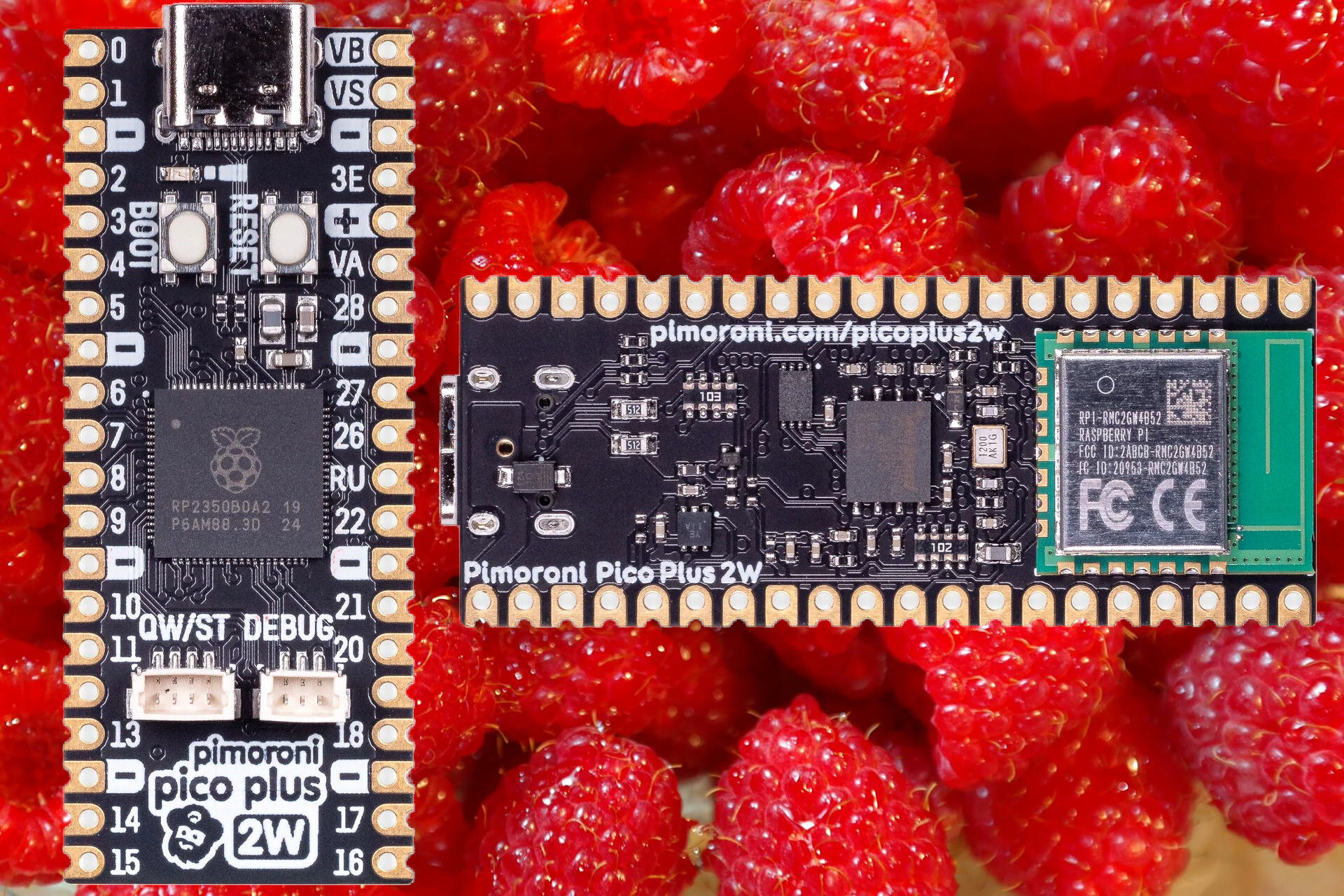
The Raspberry Pi Pico 2 is still fresh in our minds, but Pimoroni are looking to the future and has created its own Wi-Fi enabled version of the Pico 2, the $18 Pimoroni Pico Plus 2 W. Pimoroni has early access to the "Raspberry Pi RM2" the module which could one day grace the official Raspberry Pi Pico 2 W.
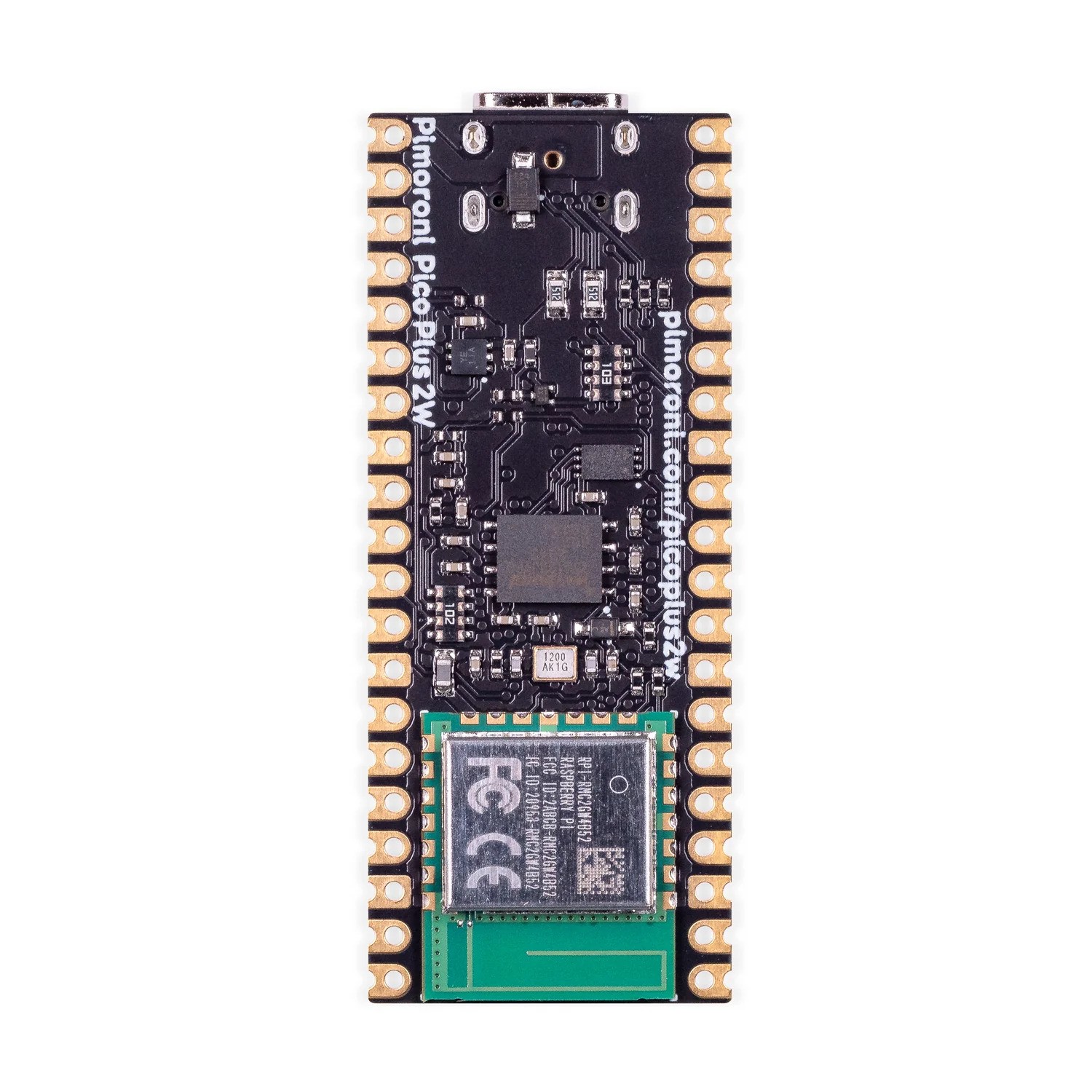
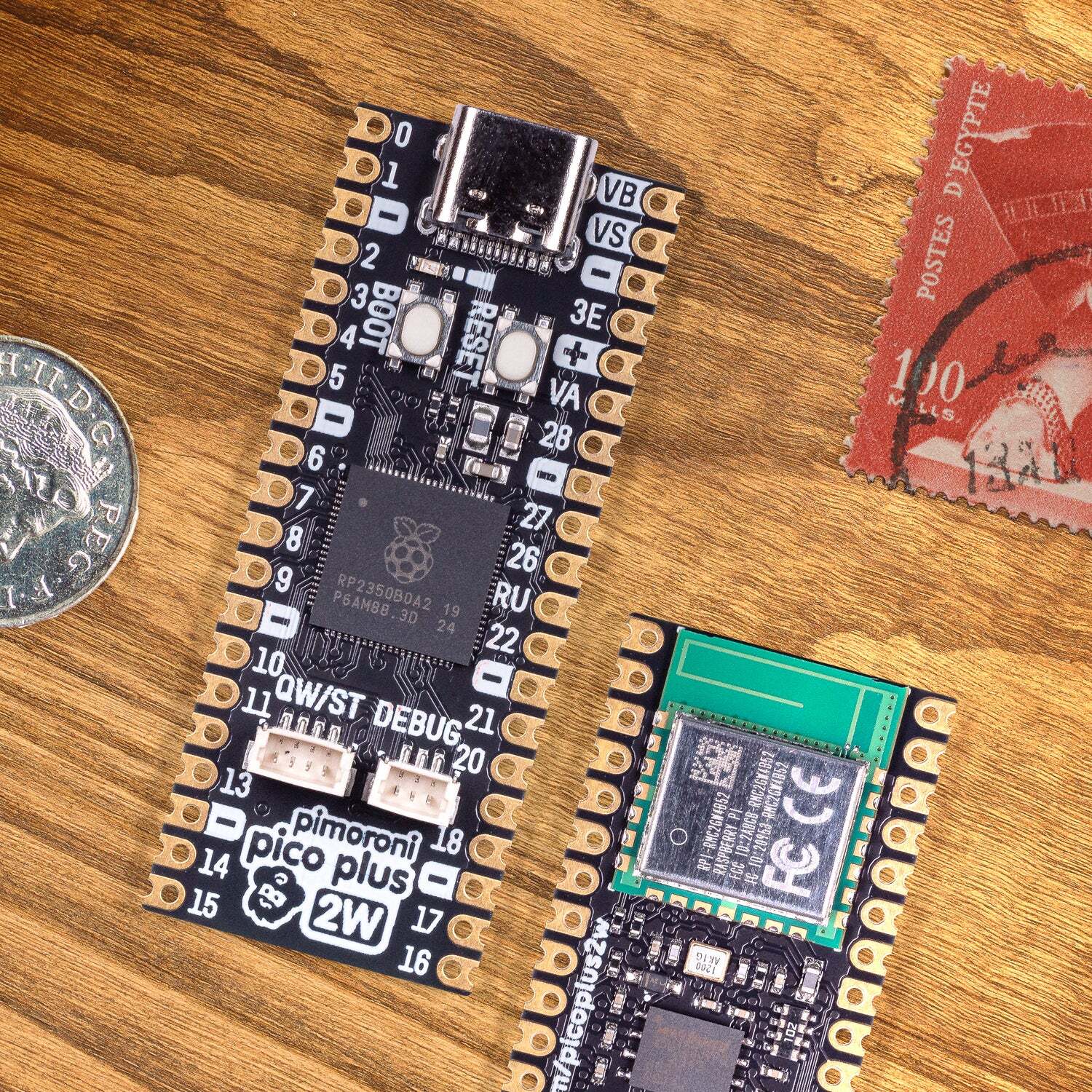
Essentially, the Pico Plus 2 W is a Pico Plus 2 with a radio module, but comparing the Pico Plus 2 to the Raspberry Pi Pico 2 shows just how powerful the Plus 2 really is.
Powered by the RP2350B, the Pimoroni Pico Plus 2 W has a huge 8MB of PSRAM and 16MB of QSPI flash storage. This is a fully-loaded Raspberry Pi Pico!
The pinout of the Pimoroni Pico Plus 2 W matches that of the Raspberry Pi Pico and Pico 2, but Pimoroni has also managed to squeeze a Qw/St connector (Stemma QT) and SWD debug port. A USB Type-C port provides data and power duties, and that makes us very happy.
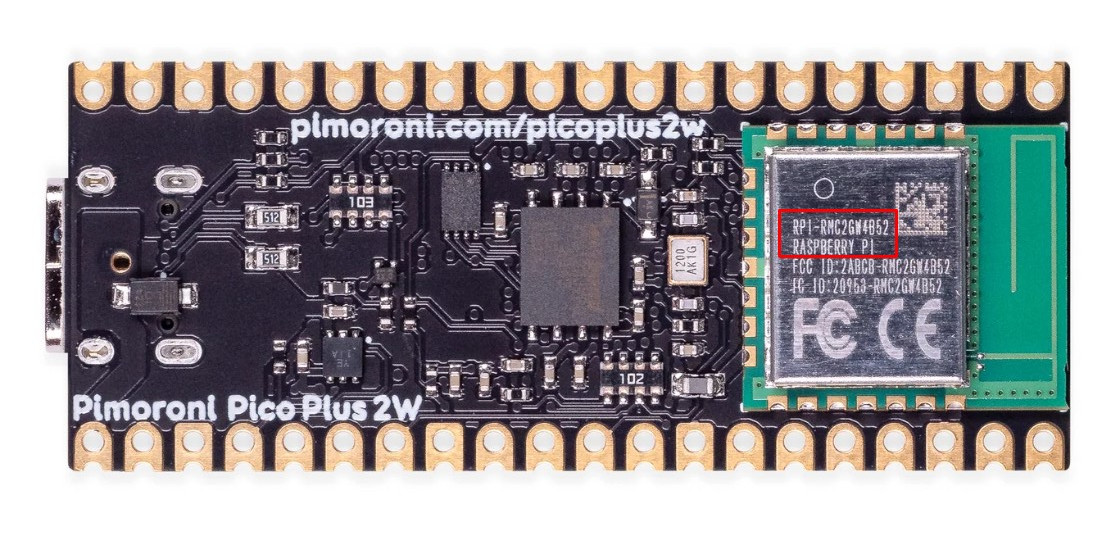
But the icing on the cake is the Raspberry Pi RM2 module which looks like an ESP32 type package but inside the module is an Infineon CYW43439. This is the same chip as used in the Raspberry Pi Pico W, and that means we should be able to get online with just a few lines of MicroPython. The Raspberry Pi RM2 also provides Bluetooth connectivity.
As mentioned at the start of the article, Pimoroni has early access to the Raspberry Pi RM2 module, and that means we could see this official module in the Raspberry Pi Pico 2 W, when it arrives later in the year. It is certainly feasible, given that it has Raspberry Pi's name all over it.
Tom's Hardware has a Pimoroni Pico Plus 2 W unit on the way for review.
Clipper LTE 4G Breakout
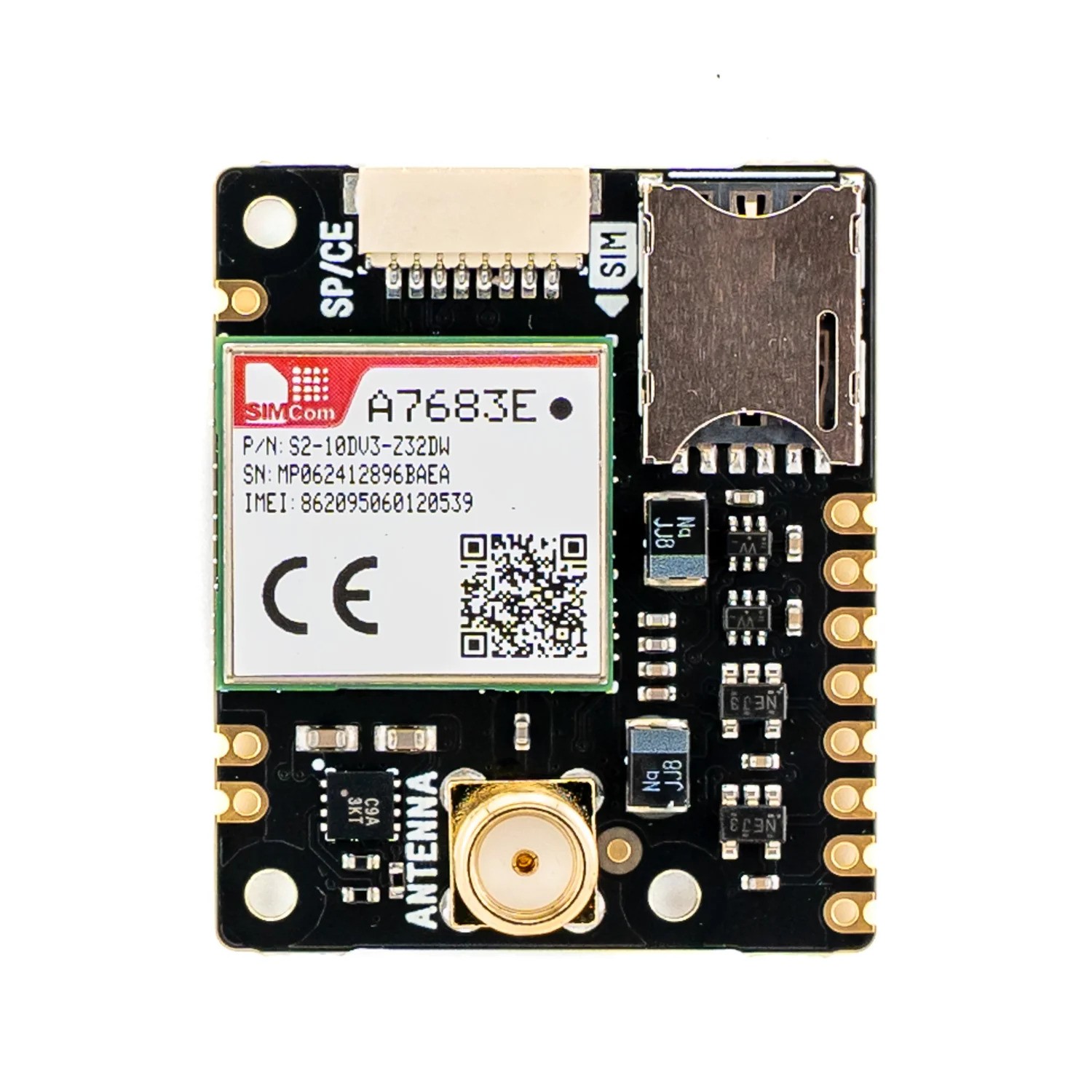
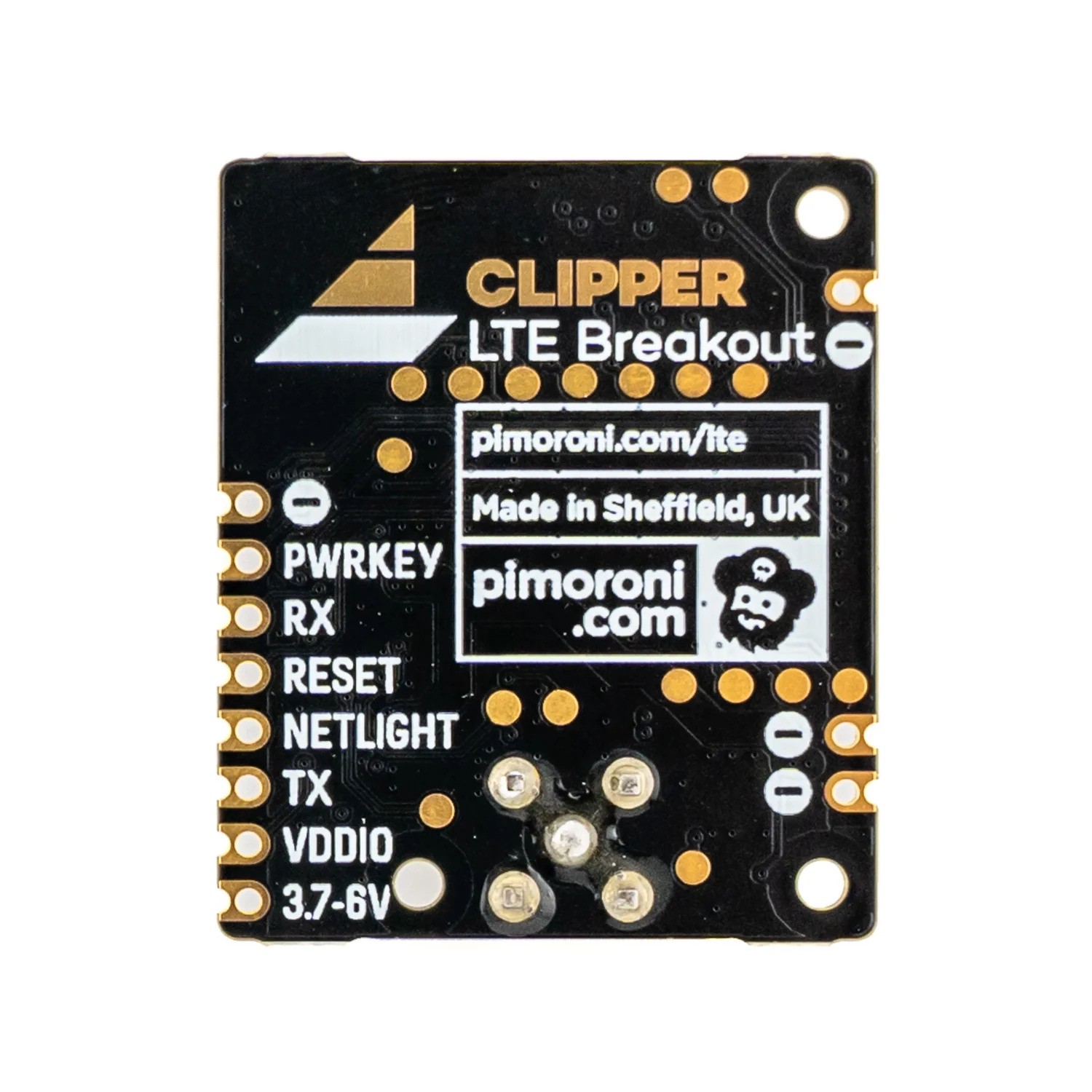
Pimoroni also announced Clipper LTE 4G, a breakout board for the Raspberry Pi Pico, Pico W, Pico 2, Pimoroni Pico Plus 2, and the Raspberry Pi. Starting at $24 for just the board or $29 for a kit, Clipper is a cellular modem for projects that can't be connected to Wi-Fi, or for projects that have meagre data requirements.
The heart of Clipper is a SIMCom A7683E 4G LTE module that can operate on LTE -FDD bands B1/B3/B5/B7/B8/B20/B28 and is controlled using AT commands. According to Pimoroni, it should be as easy to use as traditional network interfaces on the Raspberry Pi Pico W. Data transfer speeds are 5Mbps up, and up to 10 Mbps down, plenty of bandwidth for data science projects and perhaps even some light security / trail camera projects.
Clipper measures 35 x 29 x 5mm, or 11 mm tall with an antenna connector attached, this means that it doesn't connect to the Pico like a backpack; Instead, Clipper connects using Pimoroni's SP/CE interface which is an SPI and more interface that provides users with a bunch of GPIO pins. Daring hackers can even connect Clipper to the Raspberry Pi's GPIO using the breakout pins. You'll just need to follow this guide on setting up PPP. Antennas are connected using an SMA connection, and Pimoroni has a choice of a long or stubby antenna.
But all of this radio electronics is nothing without a means to get online and this is where the free SIM card comes into play. For a limited time, Pimoroni is bundling a SIM card with a 100MB data allowance. The cards, supplied by 1NCE will work in 150 countries and are valid for six months.
You may be thinking that 100MB isn't a lot of data, true. But for Clipper, it is plenty. Remember that this is a board that will be used to send small packets of data via MQTT, IFTTT, or web sockets. We're not streaming Netflix with Clipper.
And yes, Tom's Hardware has a kit on the way for review.




!["[T]he First and Fifth Amendments Require ICE to Provide Information About the Whereabouts of a Detained Person"](https://images.inkl.com/s3/publisher/cover/212/reason-cover.png?w=600)


